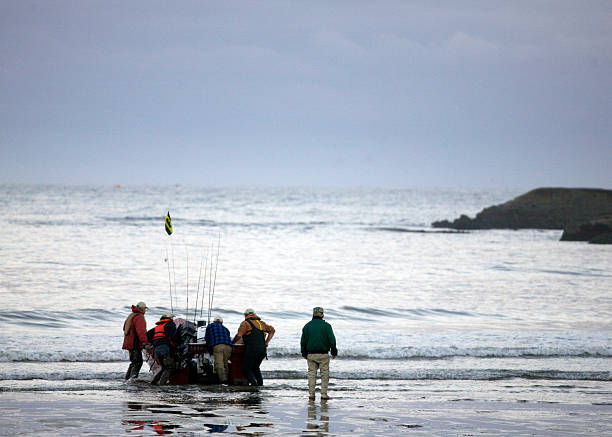
The Best Bait and Lures for Offshore Fishing in Oregon
The Best Bait and Lures for Offshore Fishing in Oregon
Offshore fishing in Oregon offers some of the best deep-sea angling opportunities on the West Coast. With its nutrient-rich waters and diverse marine ecosystem, anglers can target species like halibut, albacore tuna, rockfish, lingcod, and even sharks. However, success depends largely on choosing the right bait and lures. Whether you’re trolling for tuna, bottom fishing for lingcod, or jigging for rockfish, using the right attractants can make all the difference. This guide covers the best bait and lures for offshore fishing in Oregon, ensuring you maximize your chances of a great catch.

Understanding Offshore Fishing in Oregon
Oregon’s offshore waters are known for their deep reefs, underwater structures, and strong ocean currents. This environment attracts a wide variety of fish species, each requiring different baiting techniques. Successful offshore fishing in Oregon involves not only knowing where to find the fish but also understanding their feeding habits and preferred prey.
The best times for offshore fishing in Oregon are typically from late spring through early fall when fish migrate closer to the coast, and weather conditions are more favorable. Trolling, jigging, and bottom fishing are the most common techniques used by anglers, each requiring specific bait and lures to be effective.

Best Natural Bait for Offshore Fishing in Oregon
Natural bait is a top choice for offshore anglers because it mimics the natural prey of many game fish. Here are some of the best options:
1. Herring
- One of the most effective baits for halibut, rockfish, and salmon due to its strong scent and oily texture.
- Can be used whole, cut into chunks, or rigged on a trolling setup to attract different species.
- Works well when drift fishing or used with a spreader bar for deep drops, as the natural movement entices fish to strike.
- When trolled behind a flasher, herring can effectively draw in predatory fish from a distance.
2. Squid
- An excellent bait for lingcod, rockfish, and even sharks because of its tough texture and strong scent.
- Can be fished whole or cut into strips for increased scent dispersion and versatility in bait presentation.
- Works well on a double-hook rig or as a tipping bait for jigs, making it a great addition to any offshore fishing strategy.
- Squid’s durability ensures it stays on the hook longer, even in areas with strong currents.
3. Anchovies
- Effective for tuna, salmon, and bottom-dwelling species due to their natural movement and high oil content.
- Best used as a trolling bait when targeting albacore tuna, as their small profile mimics the tuna’s preferred forage.
- Can be brined for added durability or used fresh for maximum scent dispersion in the water.
- When paired with dodgers or flashers, anchovies become even more effective in attracting predatory fish.
4. Octopus
- A favorite bait for targeting large lingcod and halibut due to its firm texture and lasting power on the hook.
- Tough and stays on the hook longer than other baits, making it ideal for deep drop fishing.
- Works best when fished near rocky structures or deep drop-offs where lingcod and halibut are known to hide.
- Octopus tentacles provide natural movement in the water, making it an irresistible meal for predatory fish.
5. Mackerel
- Great for deep-water fishing, particularly for sharks and halibut, as it releases strong scent trails.
- Oily nature makes it highly attractive to predatory fish, increasing the chances of getting a bite.
- Can be used whole or as cut bait for different presentations, allowing anglers to target a variety of species.
- Mackerel is particularly effective when drift fishing or used in chum slicks to bring in larger game fish.

Best Artificial Lures for Offshore Fishing in Oregon
Artificial lures are a great alternative to natural bait, offering durability and the ability to cover more water. Here are the top lures for offshore fishing in Oregon:
1. Metal Jigs
- Ideal for targeting rockfish, lingcod, and halibut, especially in deeper waters.
- Work well when dropped to the bottom and jigged upward in a vertical motion to mimic injured prey.
- Recommended colors: blue, silver, and chartreuse, as these shades mimic common baitfish in the region.
- Adding a piece of bait, like squid or herring, to the jig can further increase its effectiveness.
2. Tuna Clones and Feather Jigs
- The go-to lures for albacore tuna fishing, designed to mimic small baitfish.
- Attract aggressive strikes when trolled behind a boat at different speeds and depths.
- Often rigged with high-quality hooks to ensure strong hook sets and minimize lost fish.
- Can be paired with a spreader bar or daisy chain setup to create a more enticing bait school appearance.
3. Soft Plastic Swimbaits
- Effective for lingcod and rockfish when paired with a heavy jig head to reach deep structures.
- Mimic baitfish movement and work well near underwater structures where fish are actively hunting.
- Best colors: white, glow, and motor oil, which work well in Oregon’s typically greenish-blue offshore waters.
- Can be retrieved slowly or jigged to create a lifelike swimming action.
4. Poppers and Surface Plugs
- Used for topwater action when tuna and other surface-feeding species are actively hunting bait schools.
- Creates a commotion that attracts aggressive strikes by simulating struggling baitfish.
- Works best in calmer conditions when fish are actively chasing bait near the surface.
- Adding scent attractants to surface plugs can increase their effectiveness in enticing wary fish.
5. Spoons and Flutter Jigs
- Great for a variety of offshore species, including salmon, rockfish, and halibut.
- Provide an erratic swimming action that mimics an injured fish, making them highly attractive.
- Best used with a steady retrieve or jigging technique, allowing anglers to vary their presentation based on fish activity.
- Heavier spoons are ideal for deeper water fishing, while lighter options work well for mid-water column strikes.
Offshore fishing in Oregon offers incredible opportunities to catch a variety of game fish, but success largely depends on using the right bait and lures. Whether you’re targeting albacore tuna, halibut, lingcod, or rockfish, selecting the best natural bait or artificial lure will significantly improve your chances. By mastering different fishing techniques and understanding fish behavior, you can make the most of your offshore fishing trips. Happy fishing!
Schedule your Oregon Fishing Charter Today!
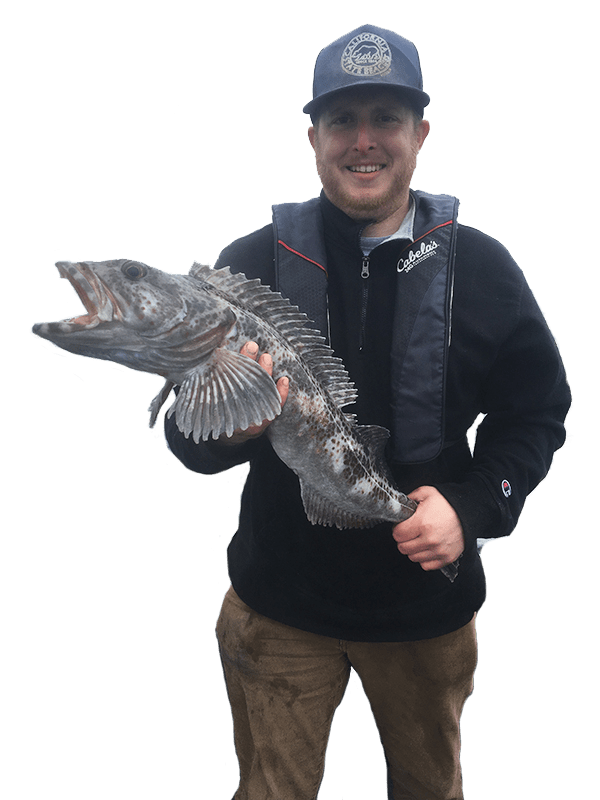

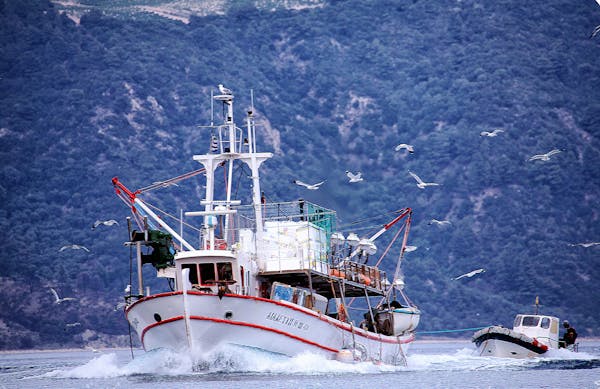



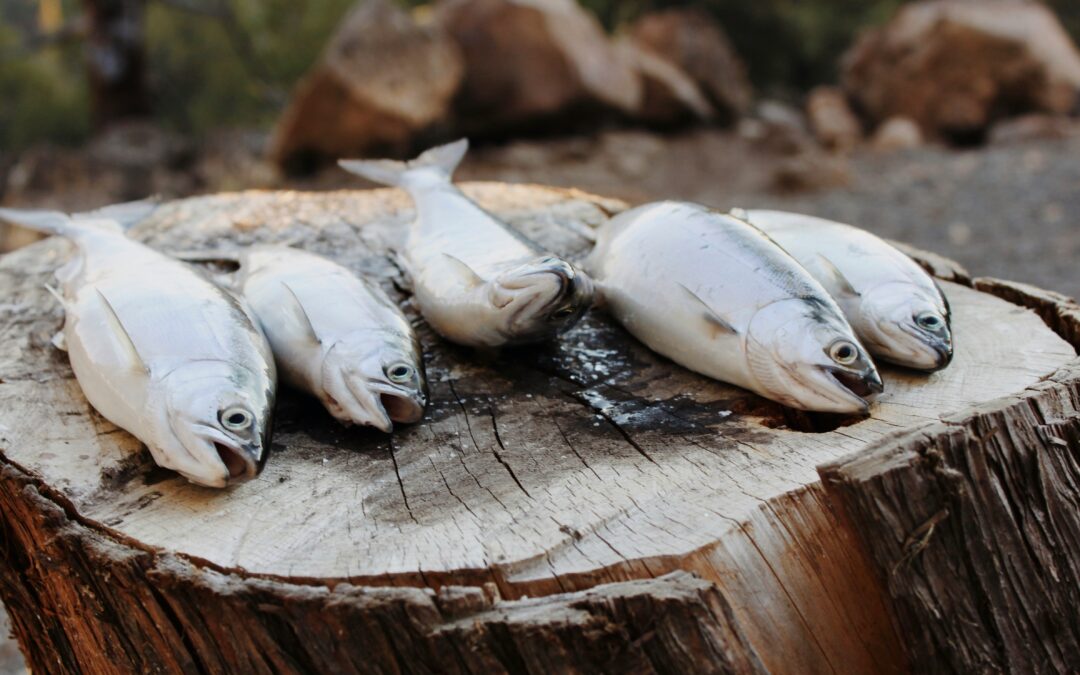
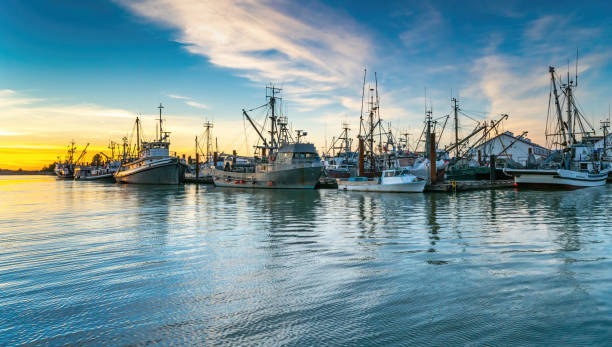
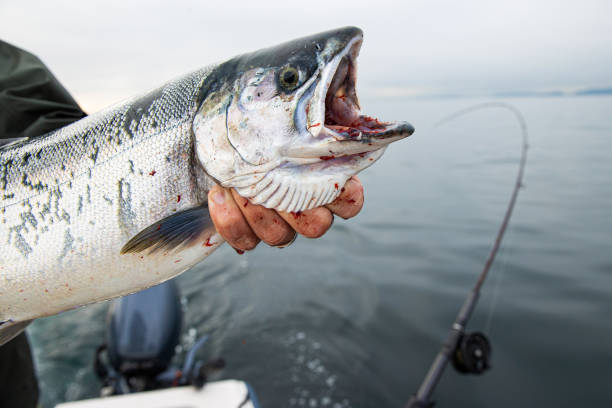

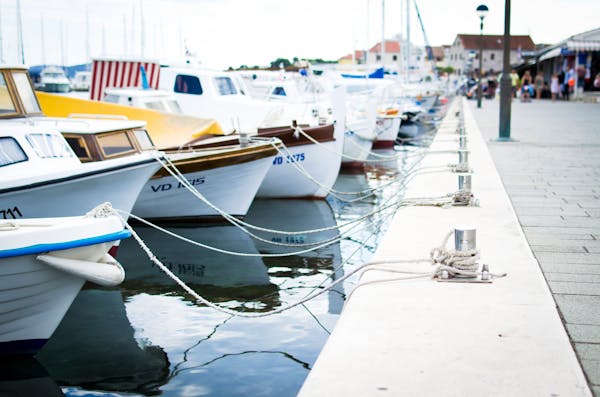
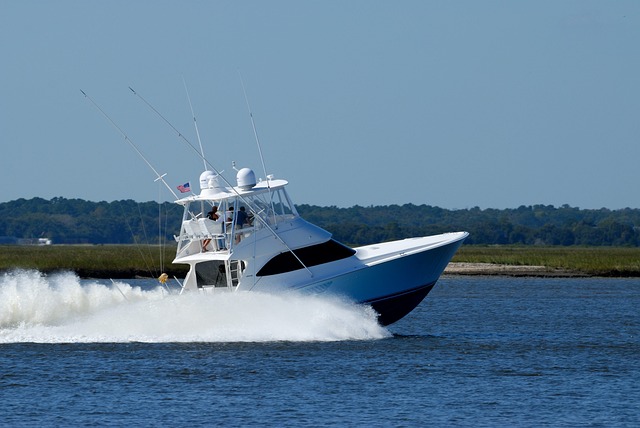


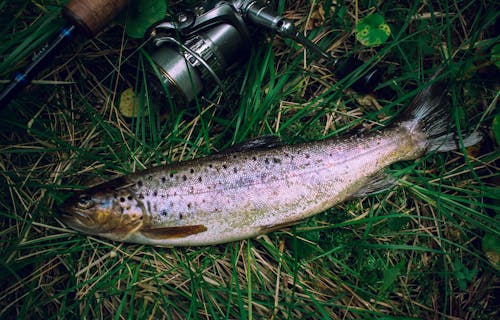
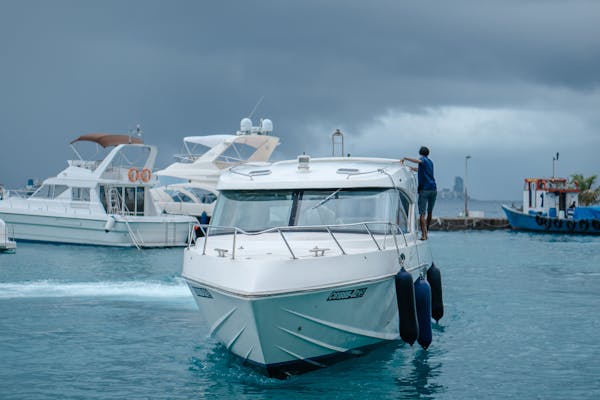

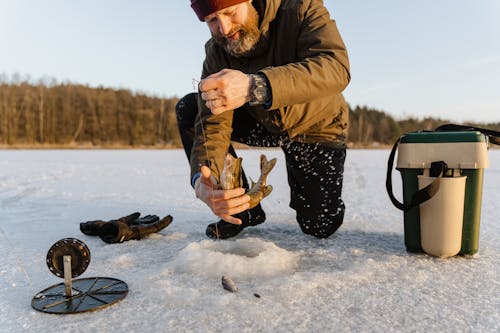

Recent Comments